Augie Szamreta came out of the postgame locker room shaking his head in disapproval.
The Warren Hills 126-pounder picked up a 6-2 decision over Hunterdon Central freshman James Fearon in a key bout as Warren Hills went on the road and downed the Red Devils, 44-26, to open the dual meet season.
But Szamreta, who’s fresh off an eighth place finish in Atlantic City last year at 113, isn’t resting on his laurels coming into this year.
| 12/17 - 6:30 PM Wrestling | Final |
|---|
| Warren Hills | 44 |
| Hunterdon Central | 26 |
“I expect myself to go out there and dominate and that’s really not what I did,” Szamreta said. “And that kid wrestled a really good match, so I can’t be too upset about it since I did go out there and get the win, but I want to be getting bonus every time.”
Szamreta’s win was one of 10 bouts won by the Blue Streaks, who went 11-11 last year but have beaten Hunterdon Central two years in a row. The Warren Hills win also prevented new Hunterdon Central coach Ryan Manahan — just the fourth coach in program history — from picking up his first win with the Red Devils.
Warren Hills set the tone early with a major decision in its first bout at 157 thanks to an 8-0 win by Johan Venegas Mosos, before Hunterdon Central won at 175 and 190 in two of the night’s most exciting bouts. The Red Devils lead 20-10 after six bouts, thanks to a pin at heavyweight and a win at 106 as well.
But from there, it was nearly all Warren Hills, as the Streaks won at 113 and 120 via forfeit and then won all but one of the remaining contested bouts, including Szamreta’s win at 126 and state qualifier Davey Rhinehart’s pin at 132.
Those two give Warren Hills two of the best lower weights in the H/W/S area and maybe the state, but third year Streaks coach K.C. Wanamaker, who is 23-22 at the helm, knows the team’s success will be contingent on much more than just those two.
“We want to develop each and every individual who’s at different levels in this program, which then brings our team to elevated levels,” Wanamaker said. “We’ve got a great group right now. They’re working their tails off in the room, more than I expected. It’s awesome with a bunch of new kids. And yeah, we’re just getting started.”
The Streaks may have dropped down a division in the Skyland Conference this year, but they’re not shying away from wrestling some of the state’s and conference’s best in Ridge, Mount Olive, High Point, Phillipsburg, North Hunterdon and Delaware Valley, so they’ll be well tested when it matters.
“I would expect hard matches, good matches all the way through,” senior captain and 150-pounder Will Guidera said. “That’s definitely going to show this year, and you’ll definitely be shocked on how good we are later in the season.”
Among those most looking to impress as the season goes on and take that biggest next step is Szamreta, who’s determined to improve on his finish from last year.
“I want to go out there and dominate,” he said. “I just want to send a message that, I really am that kid who placed in states last year, but that I’m even better than that, because I put in the work in the summer. And that’s how it should be. It should be better than what was what I did tonight.”
The best could well be yet to come for Szamreta and if it is, the message is clear.
Look out.
“They say good is the enemy of great, right? You could go out and beat a lot of people but maybe never get to that kind of next upper echelon level,” Wanamaker said. “But anybody that’s won a state title knows there’s always somebody hunting you right? And he’s that guy. He’s hunting.”

 908-484-1600
908-484-1600




 Service Areas
Service Areas























